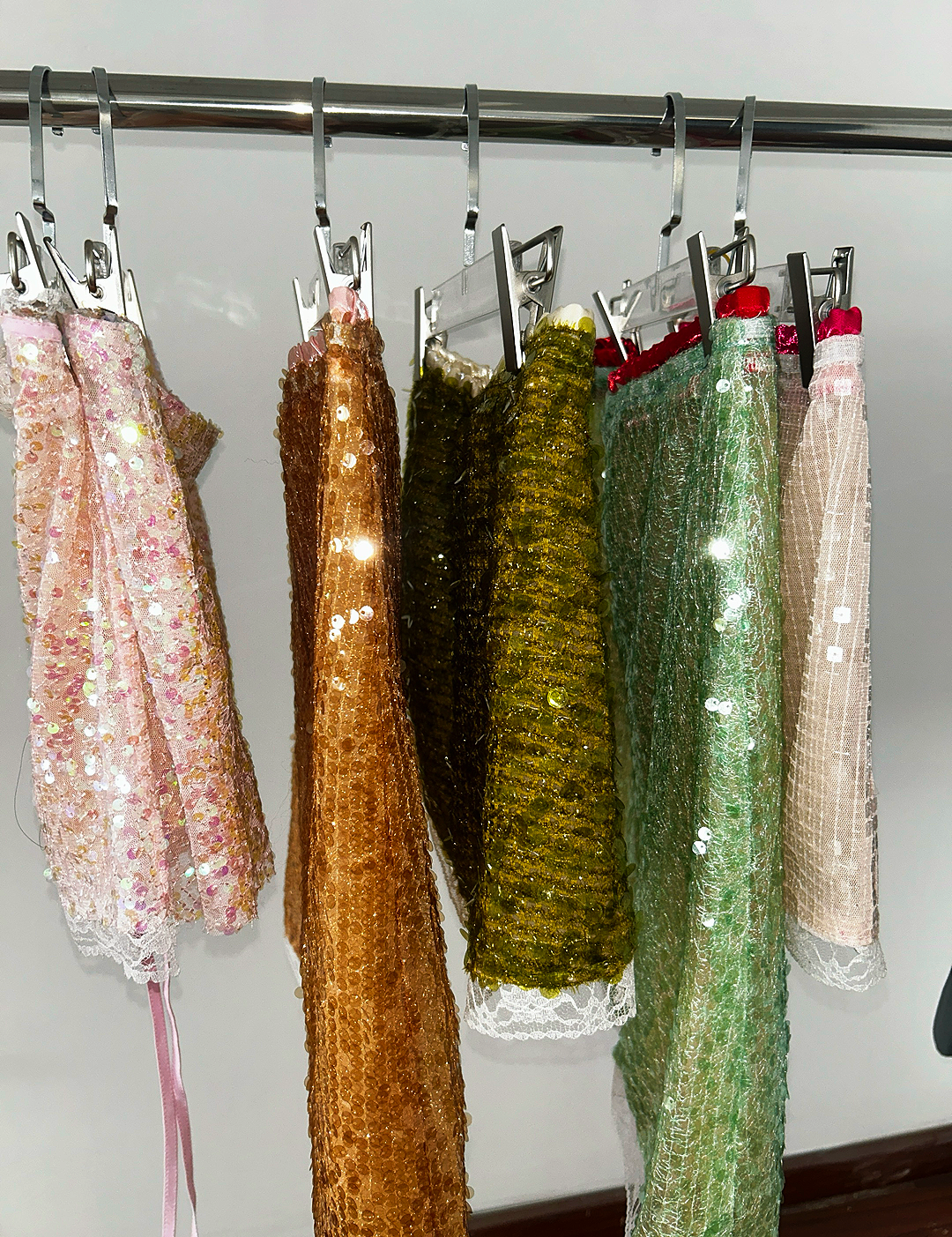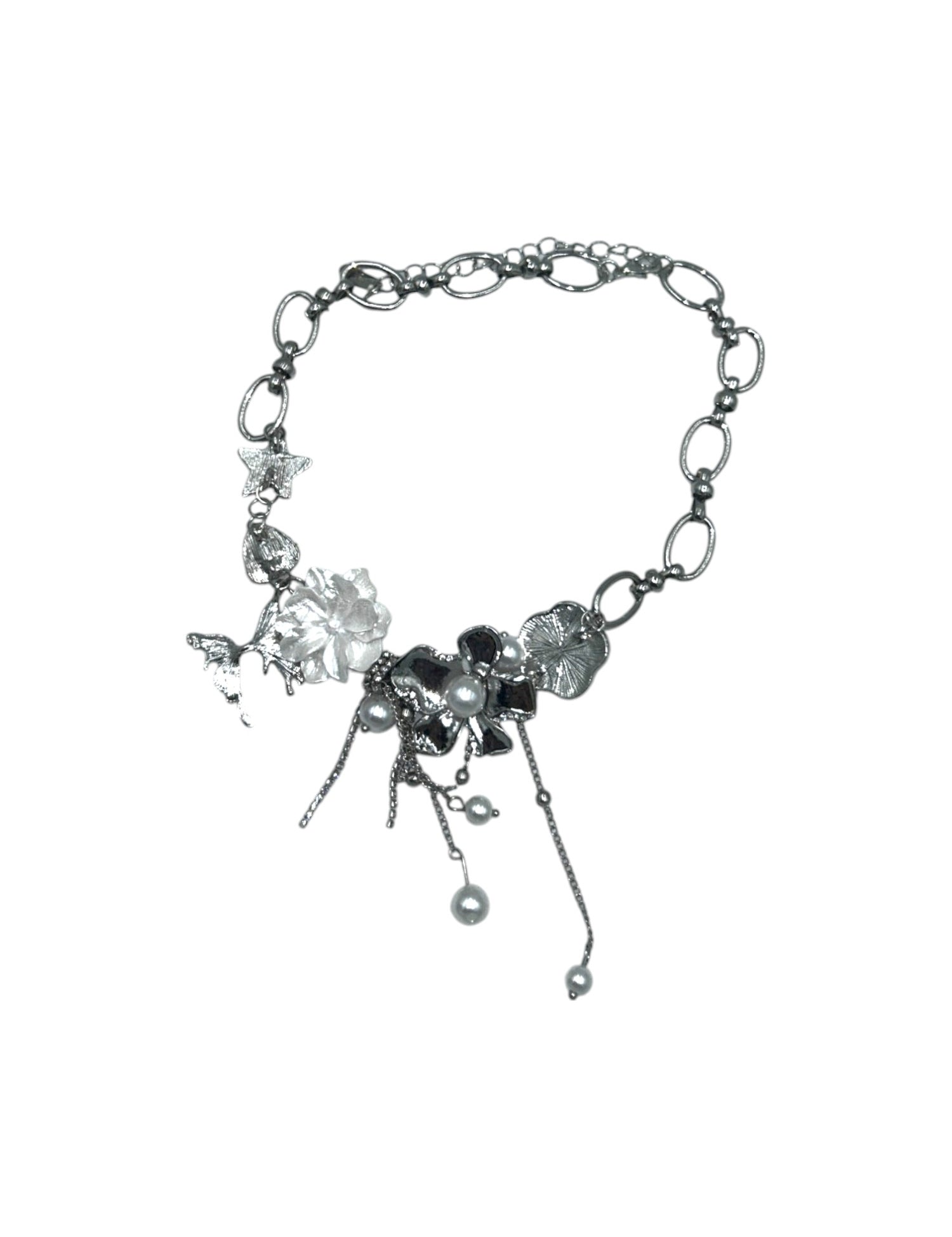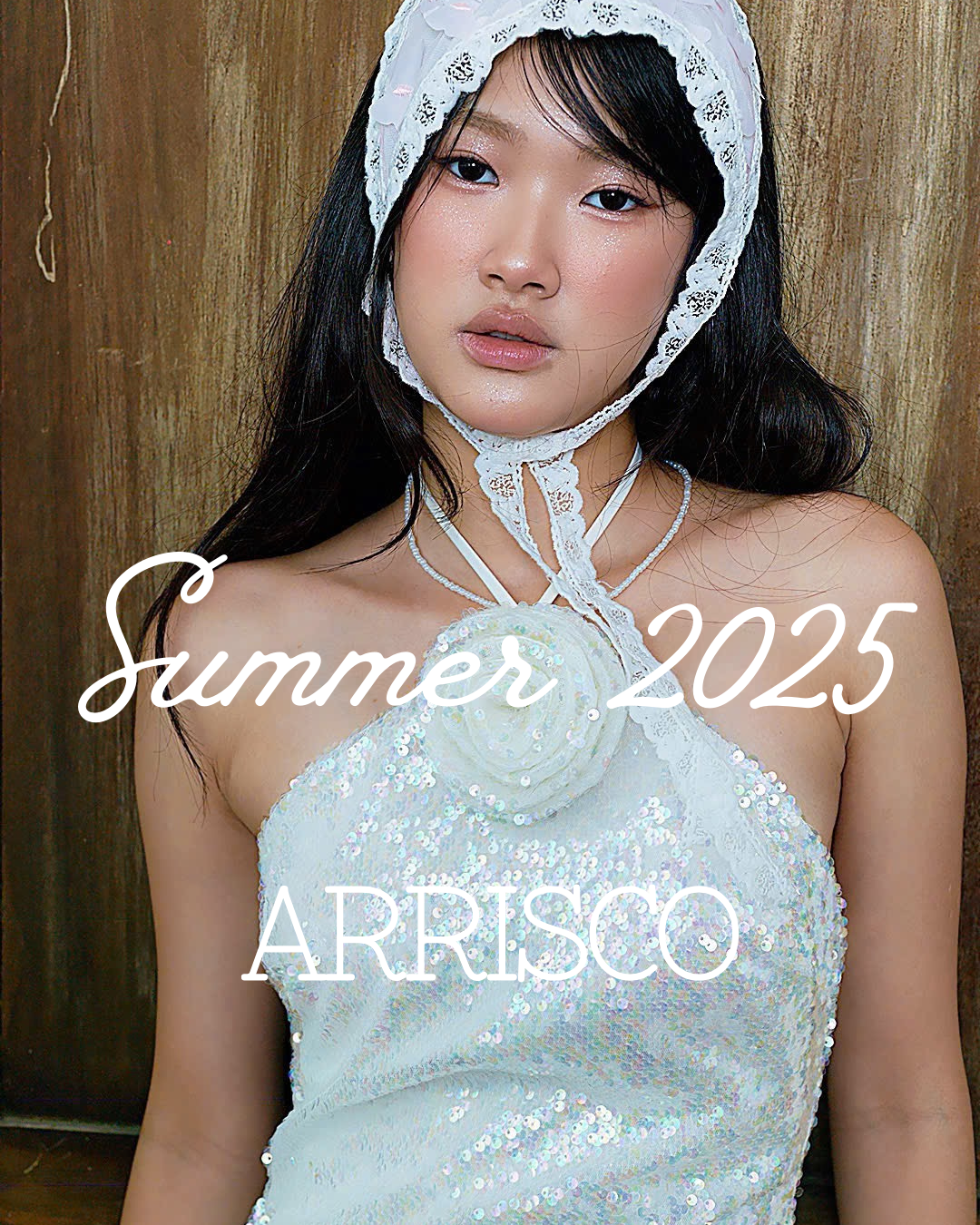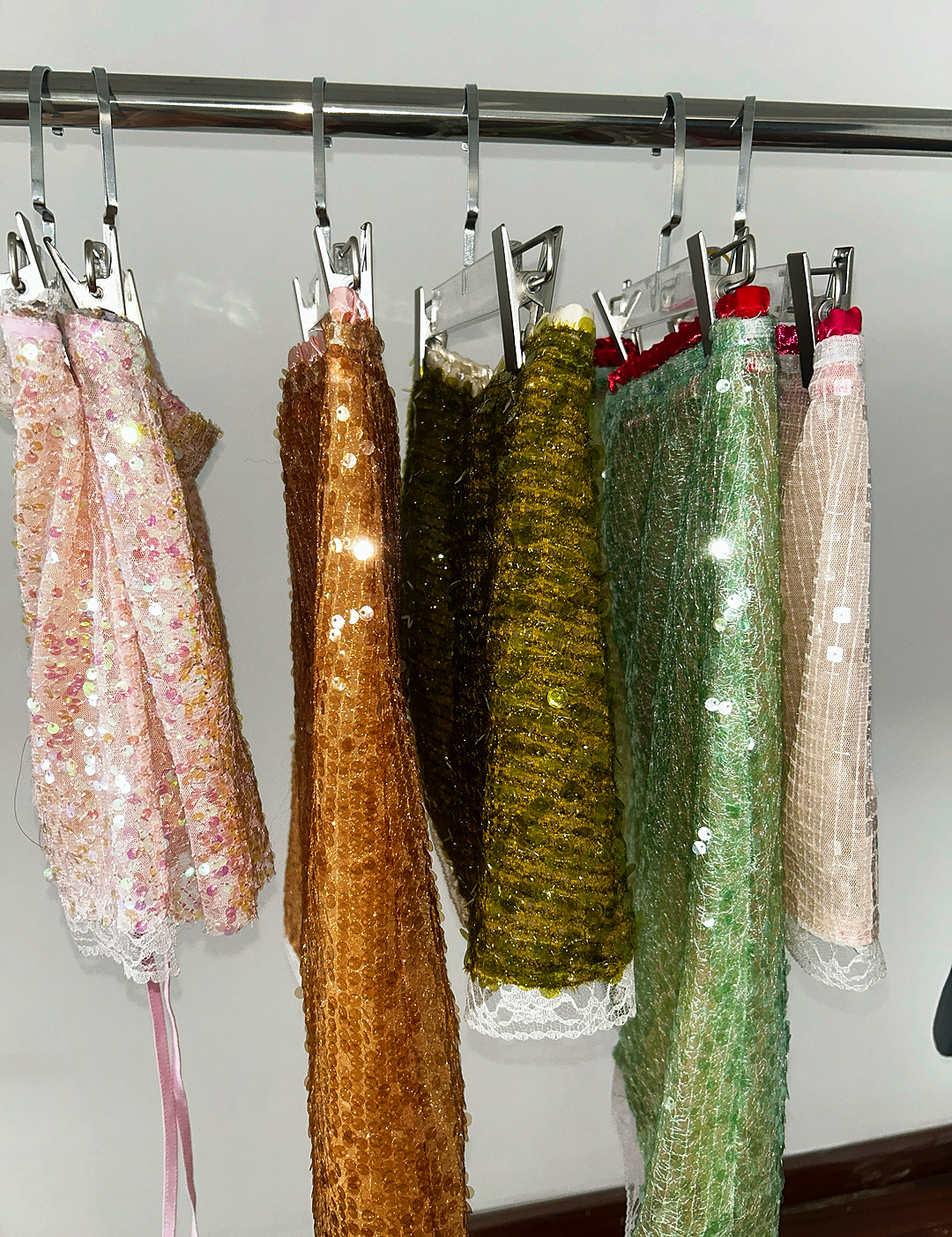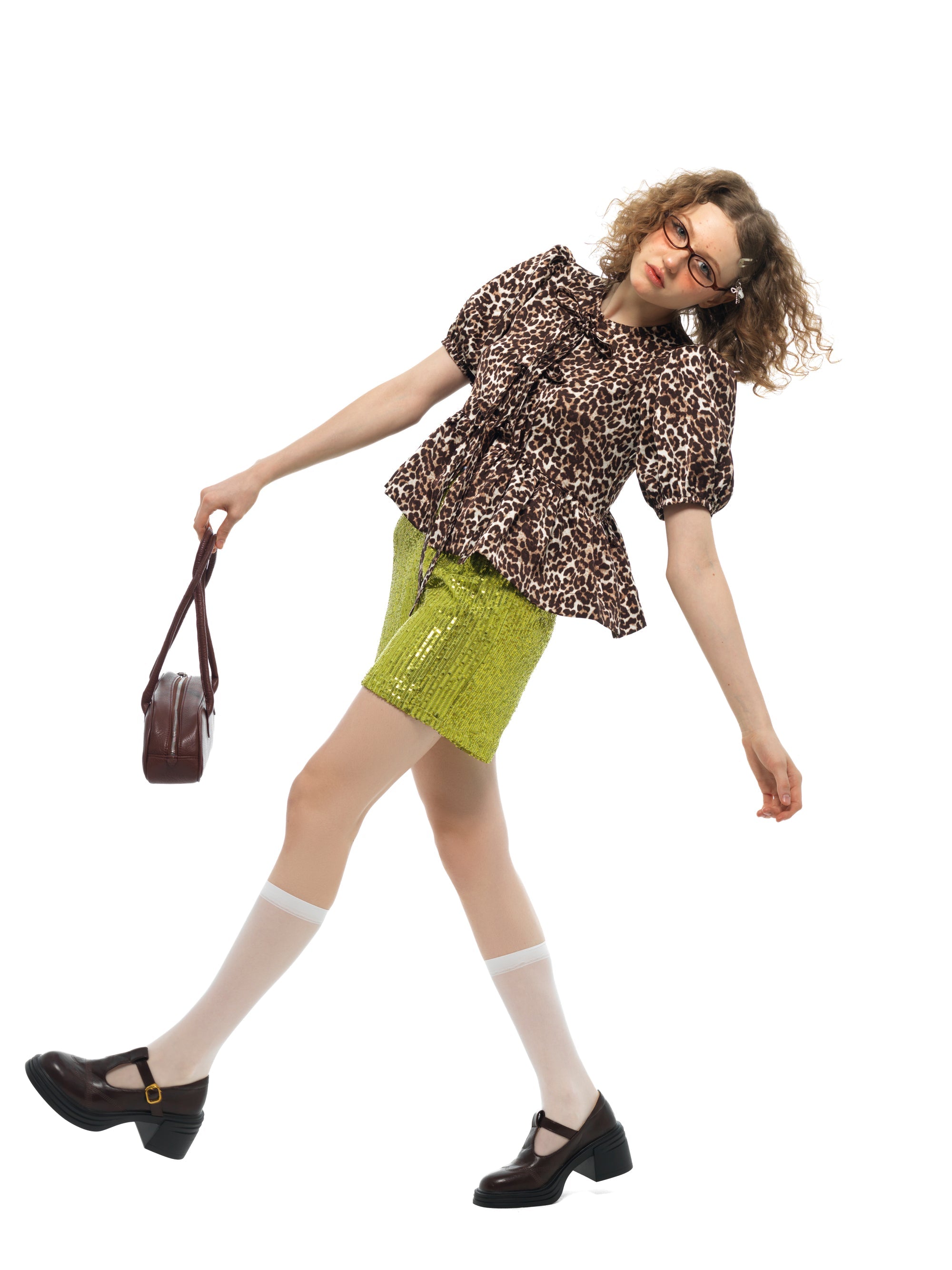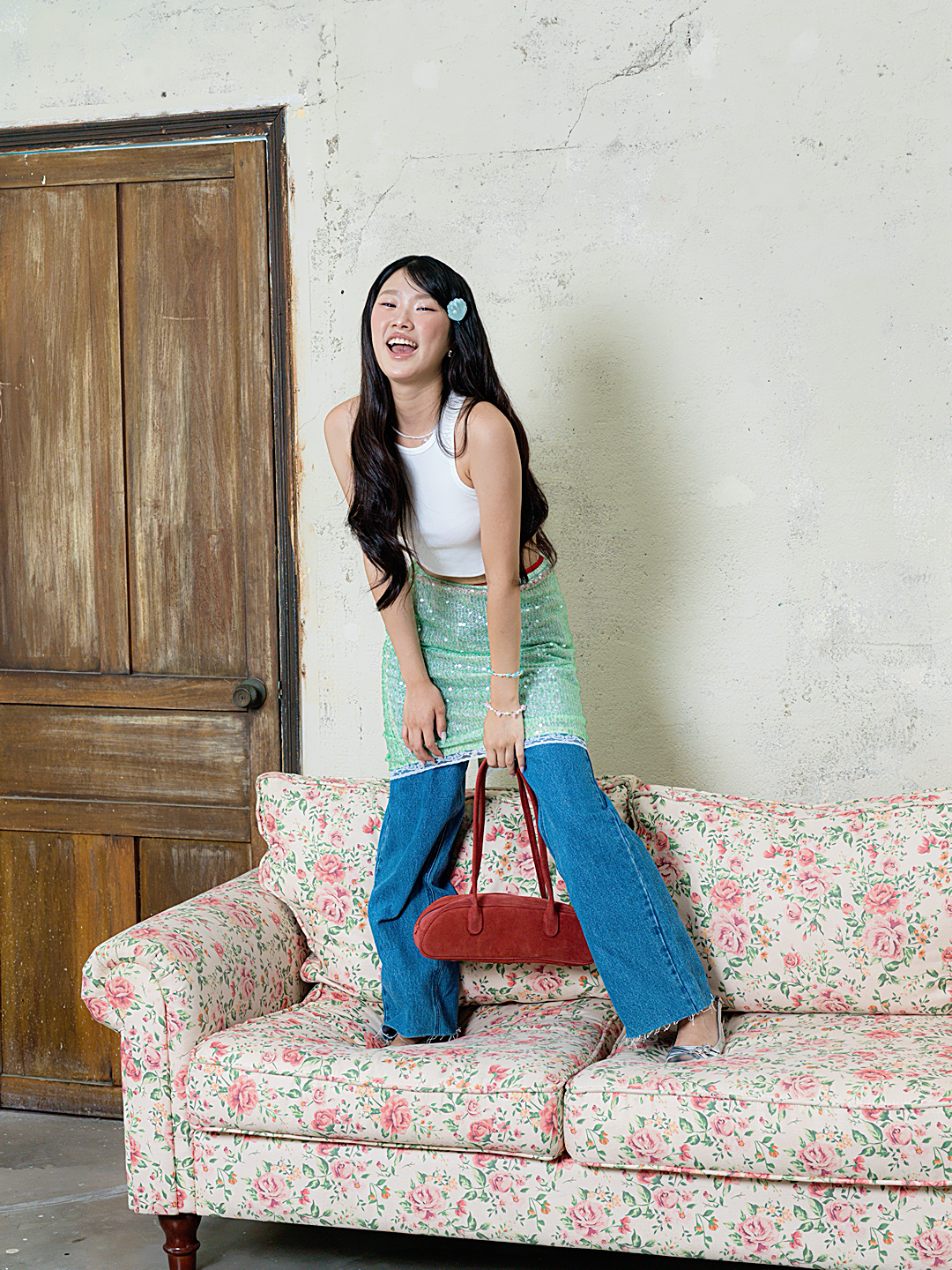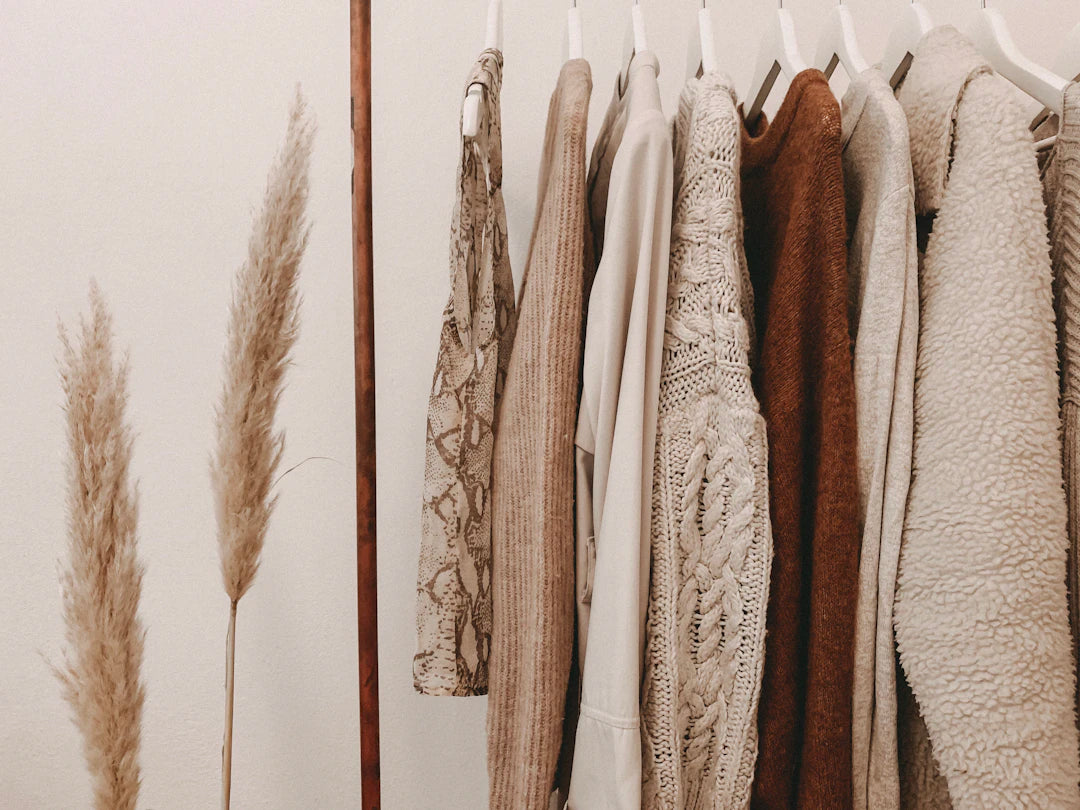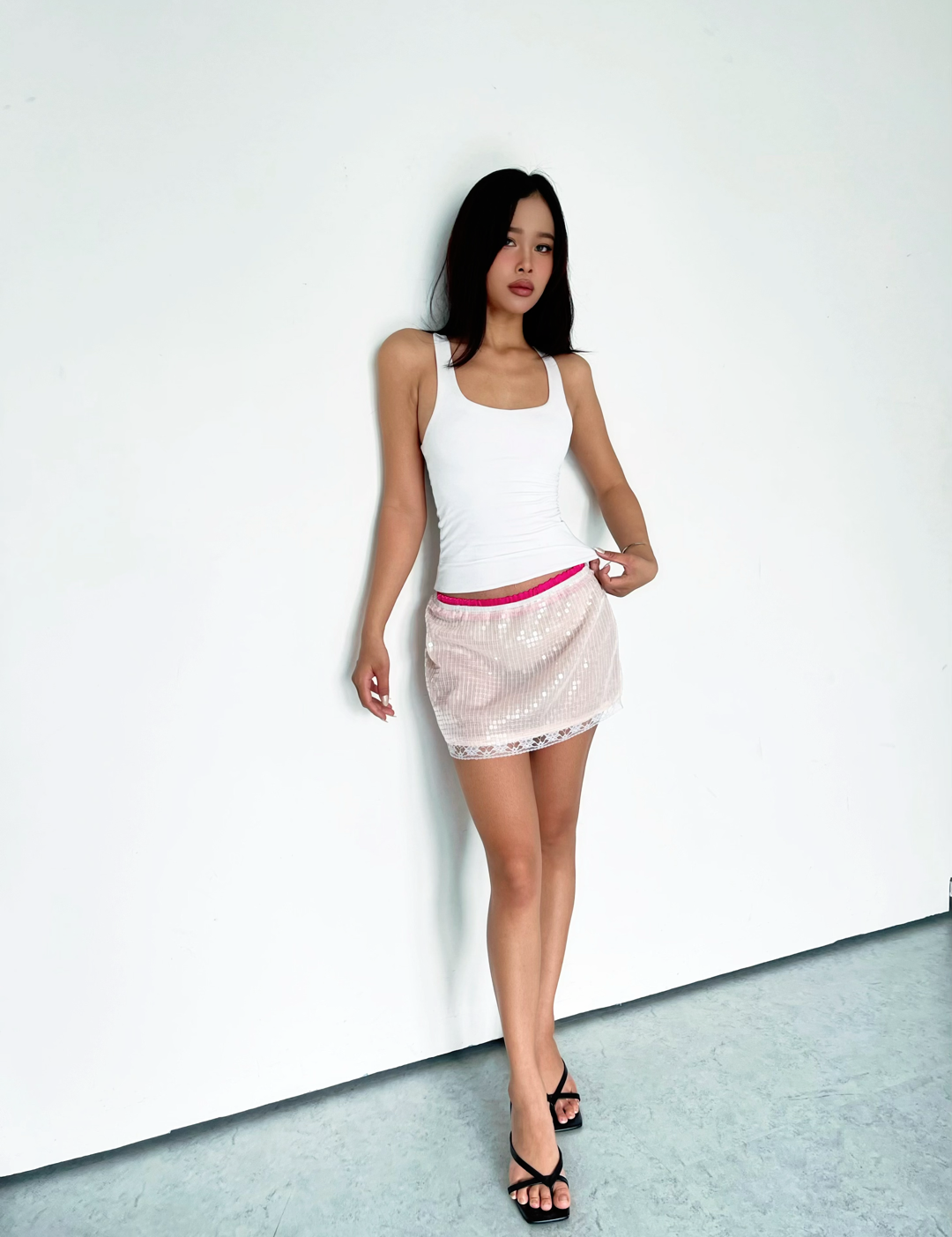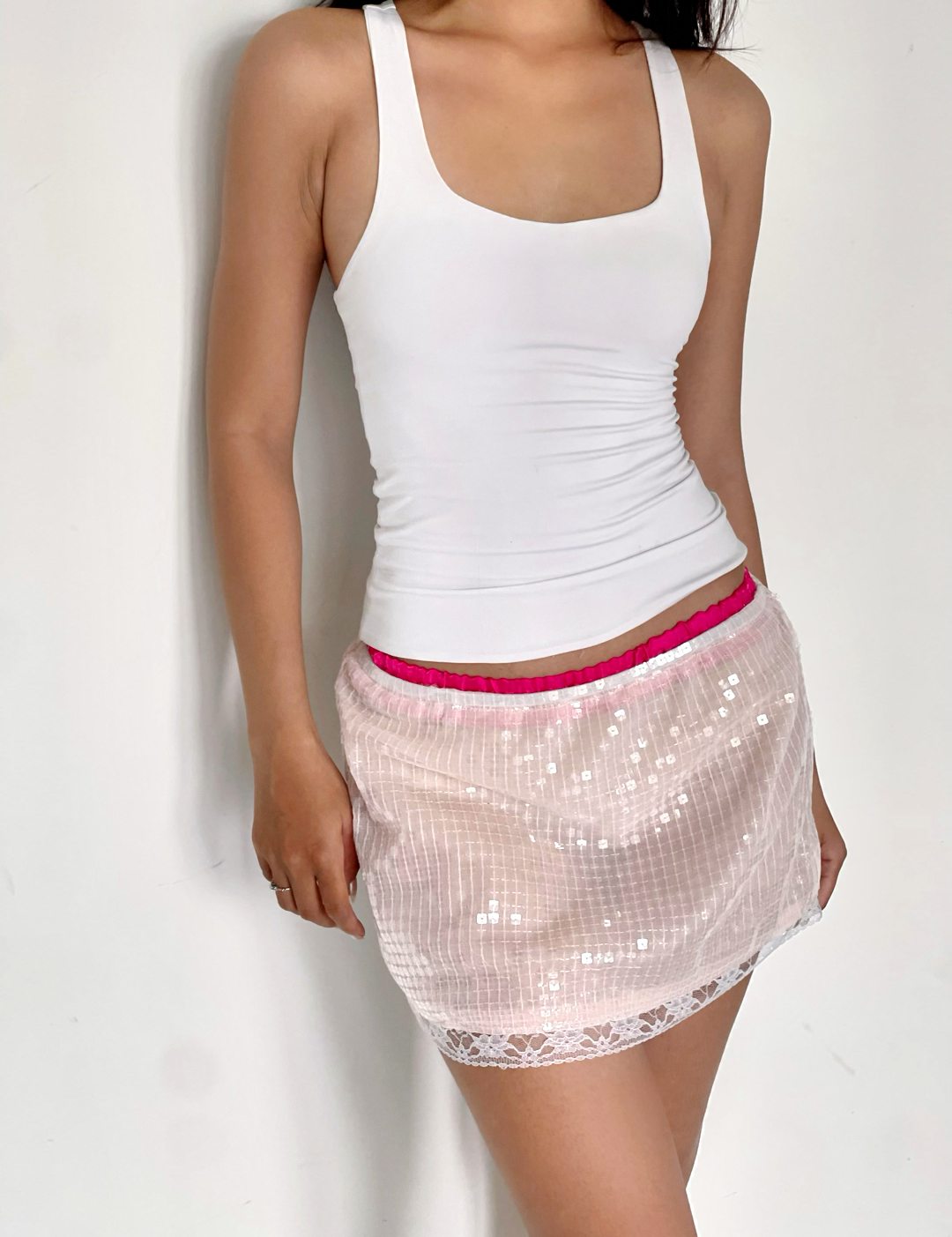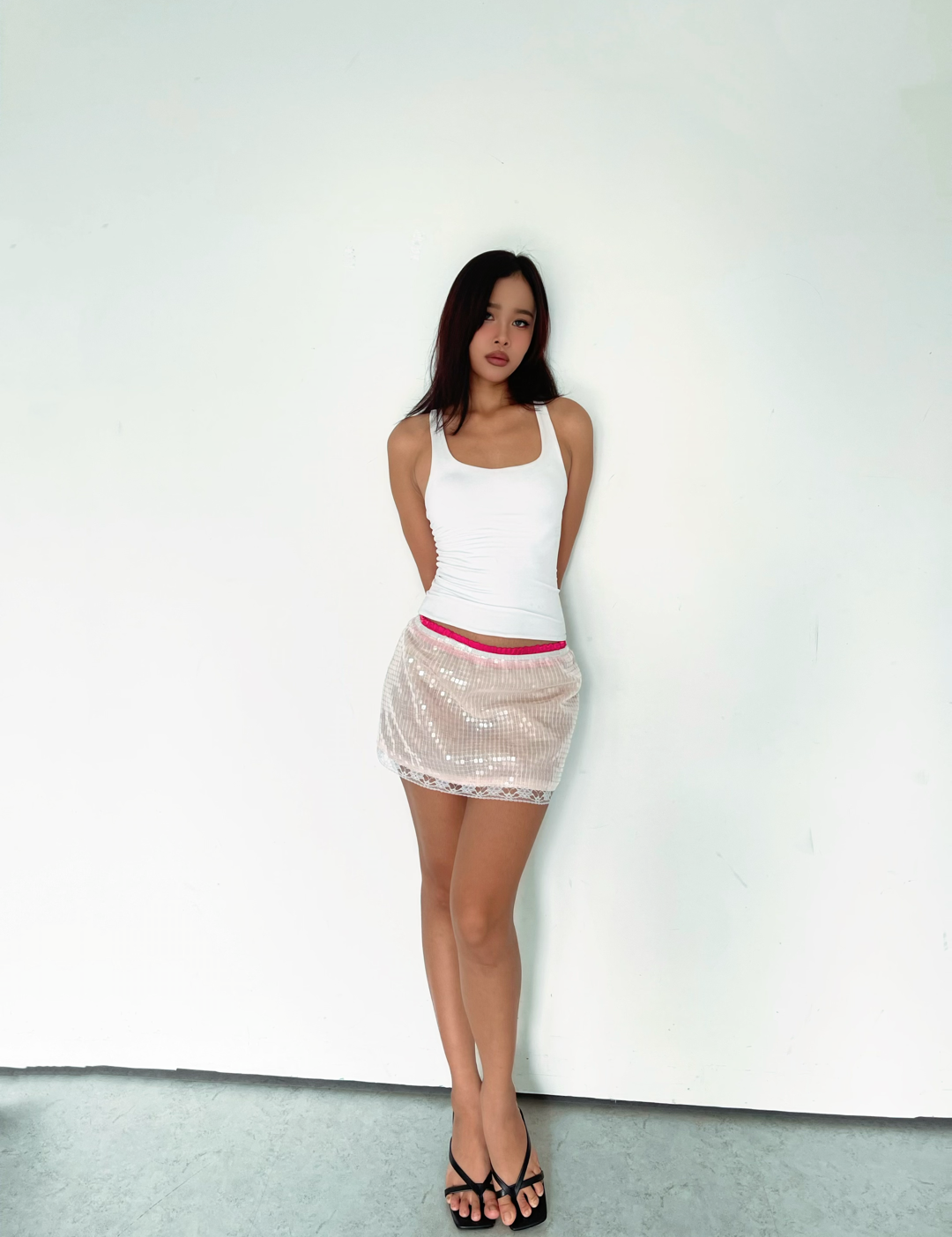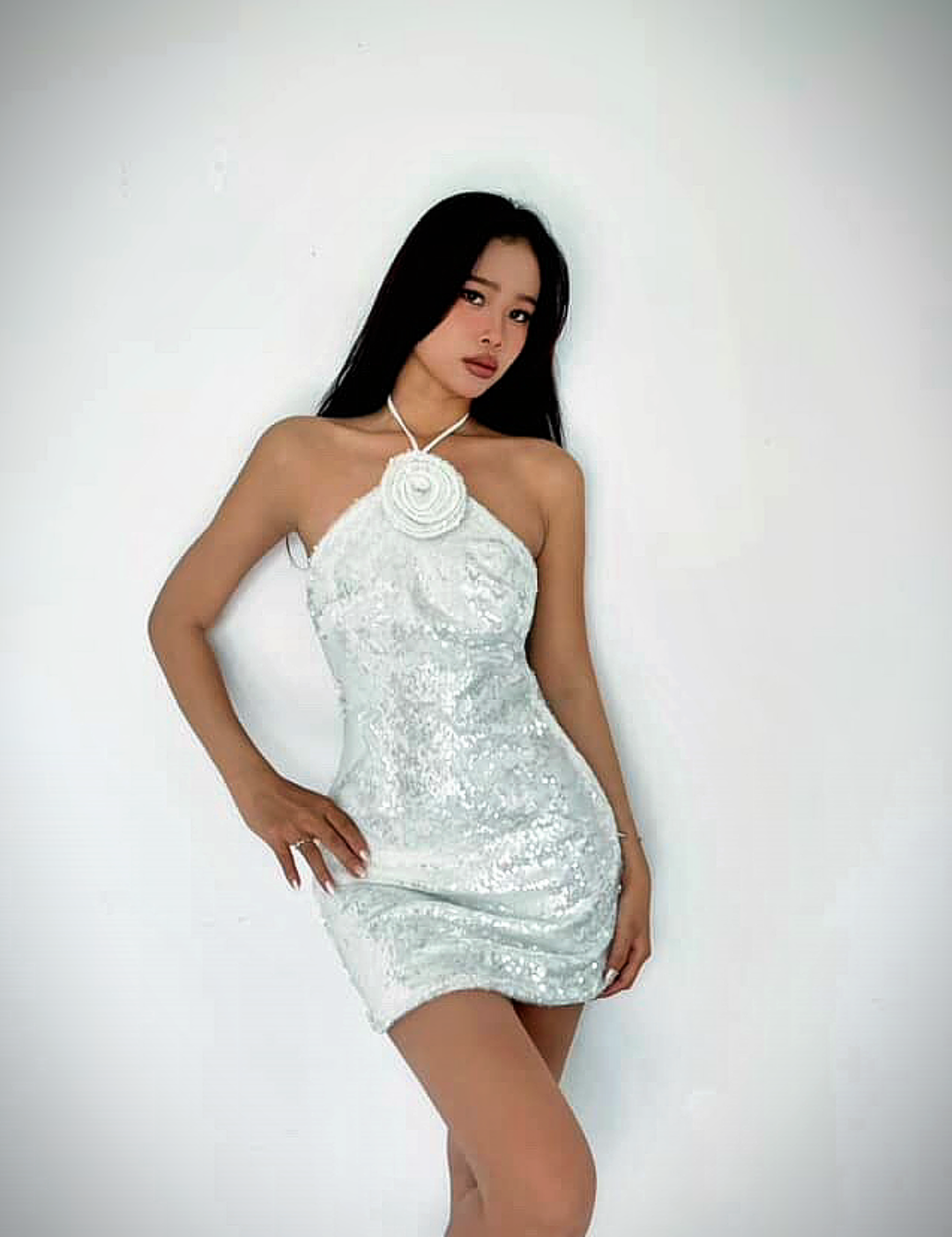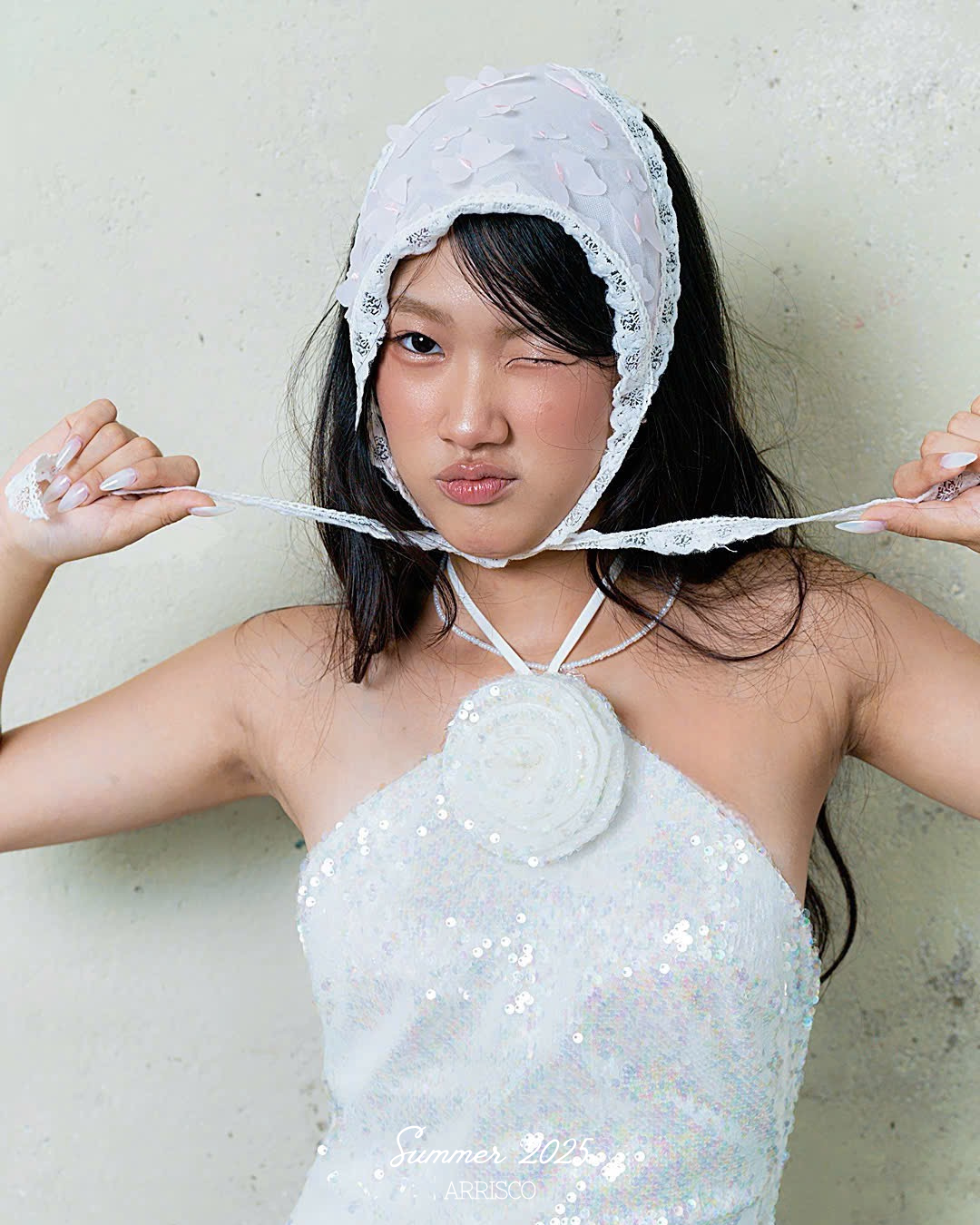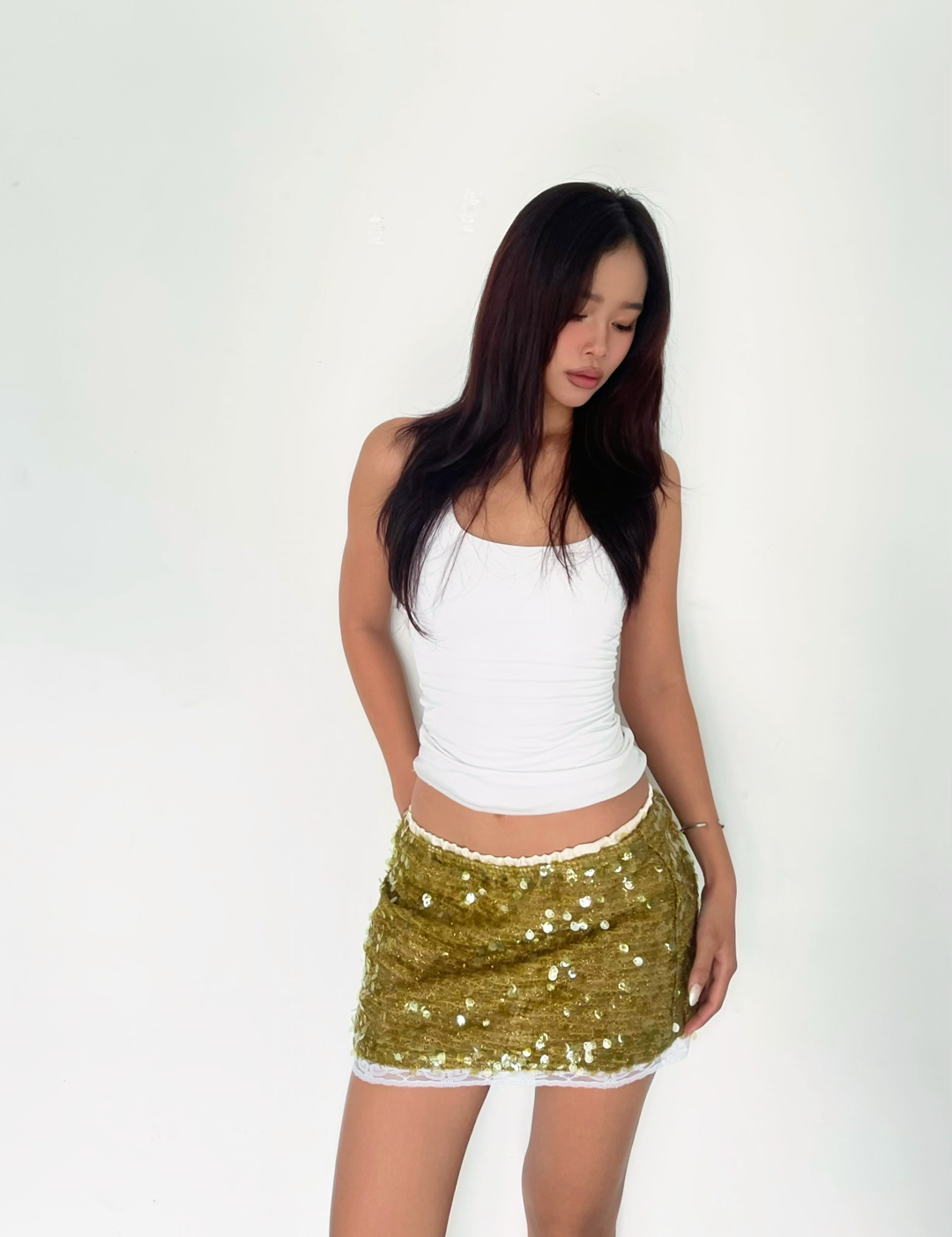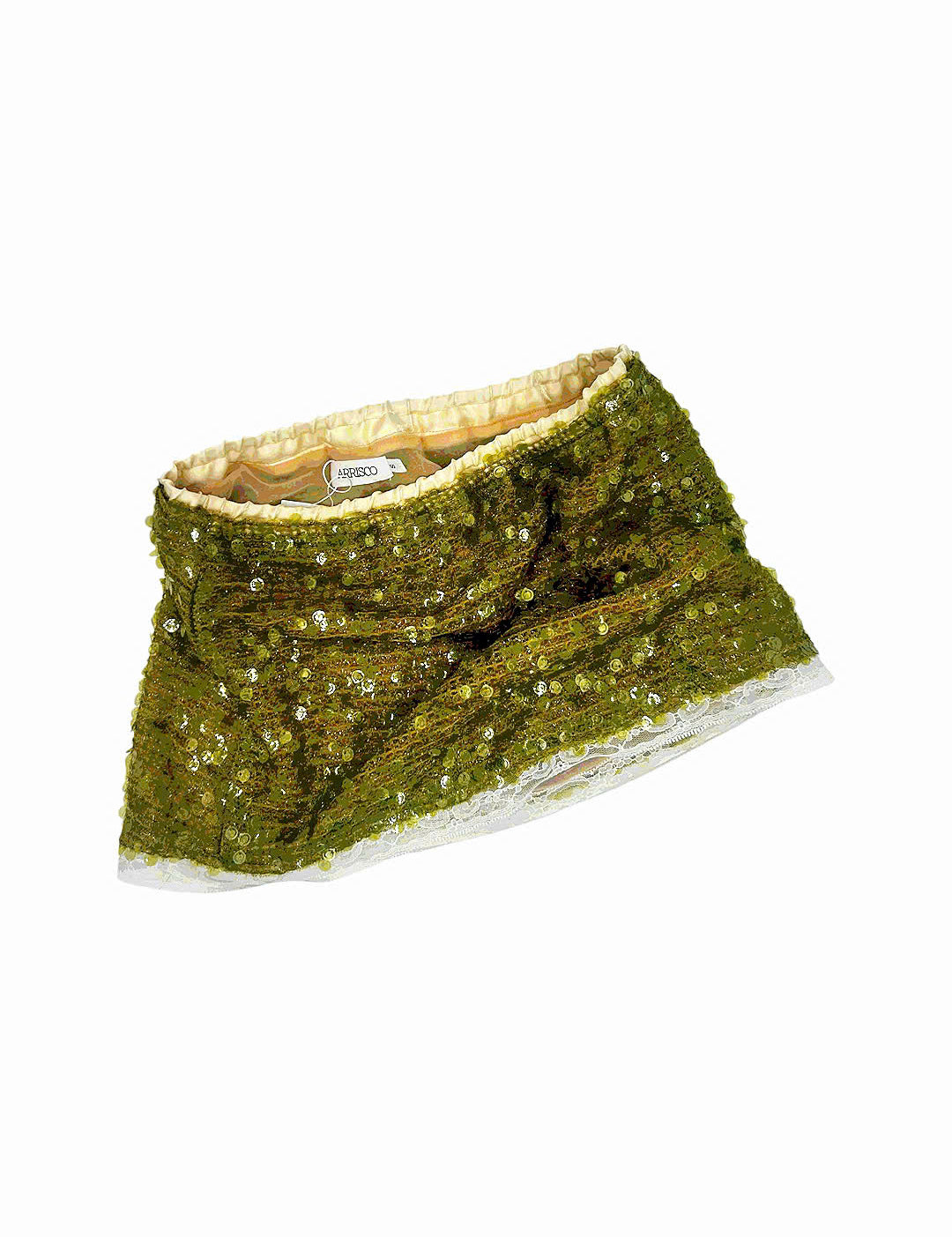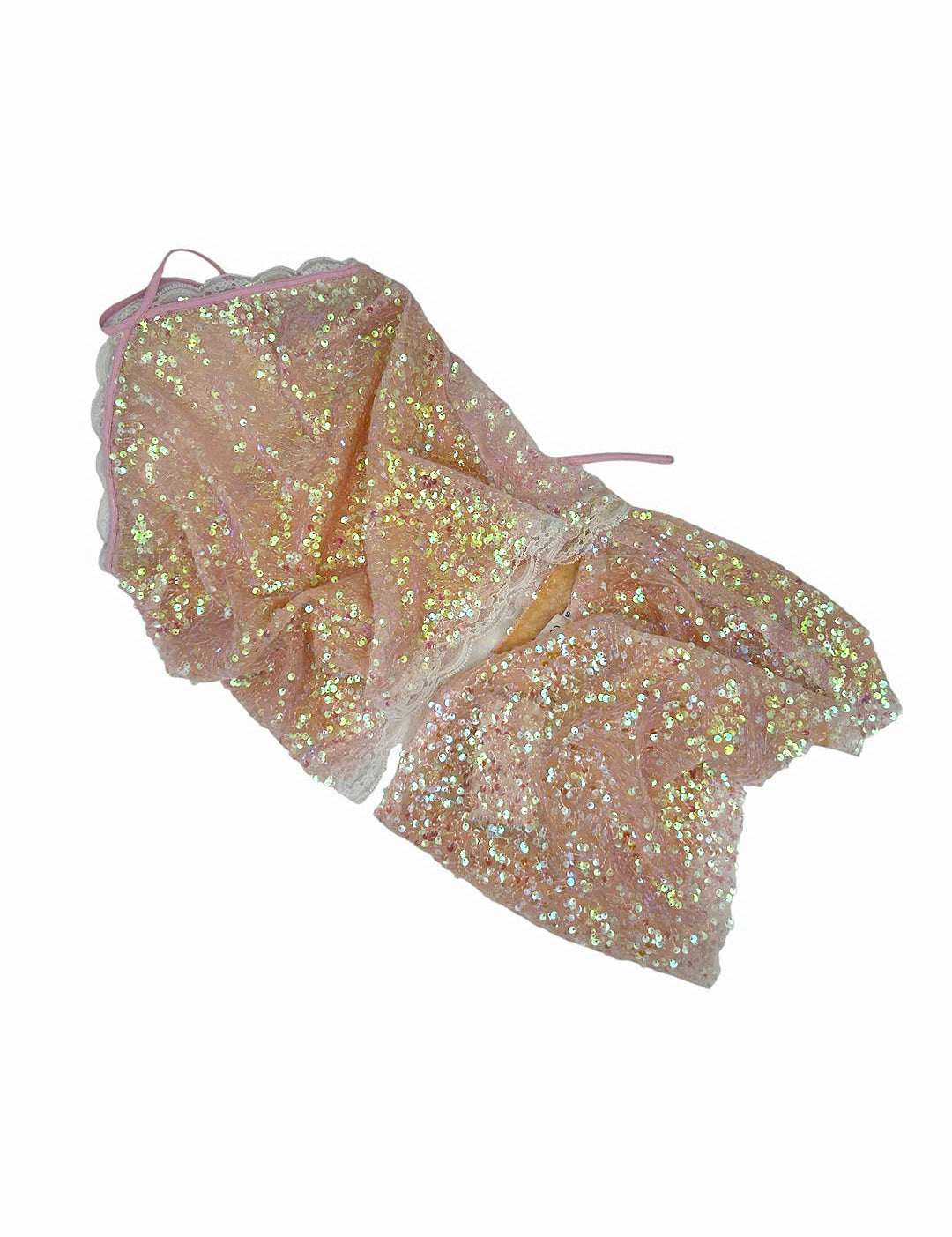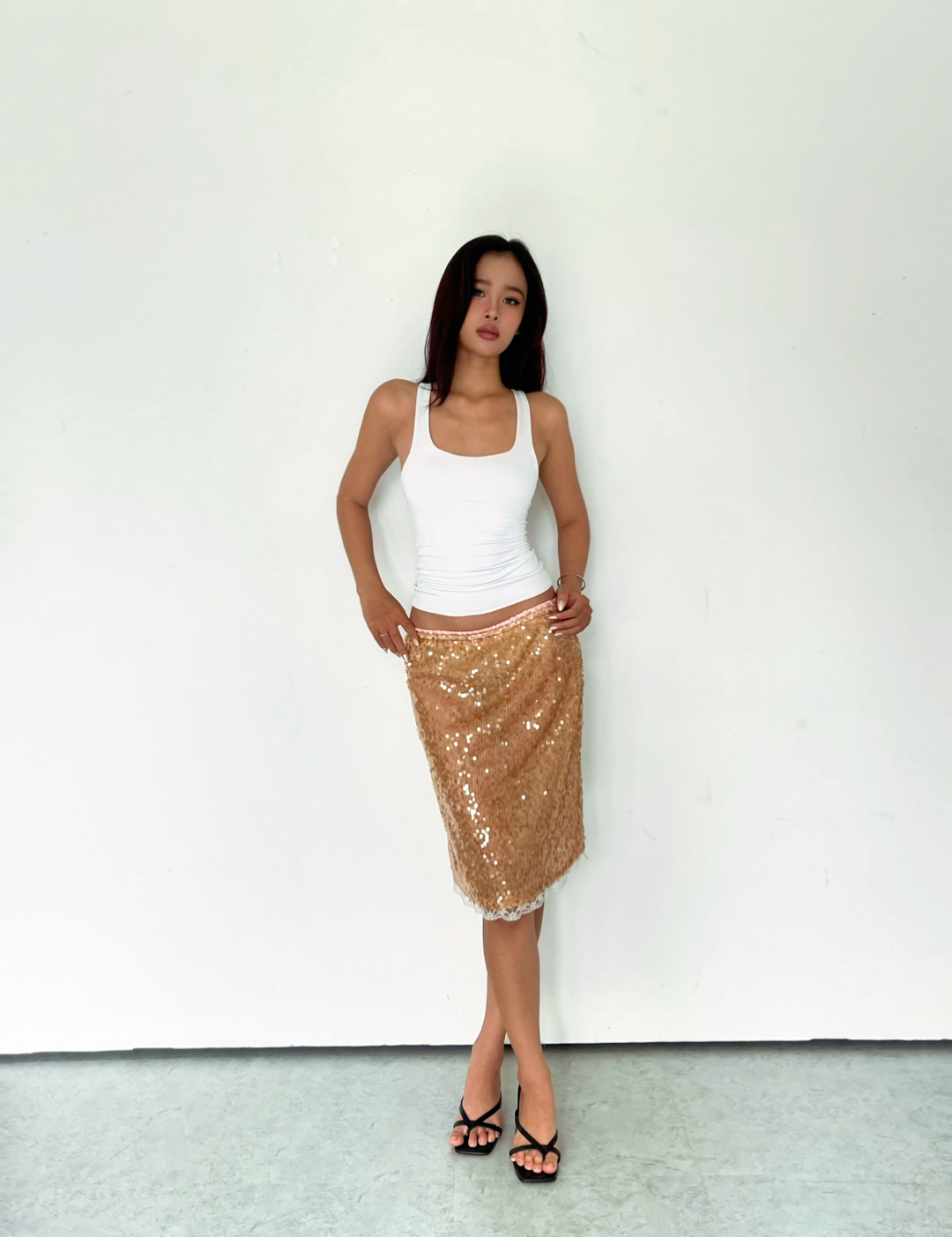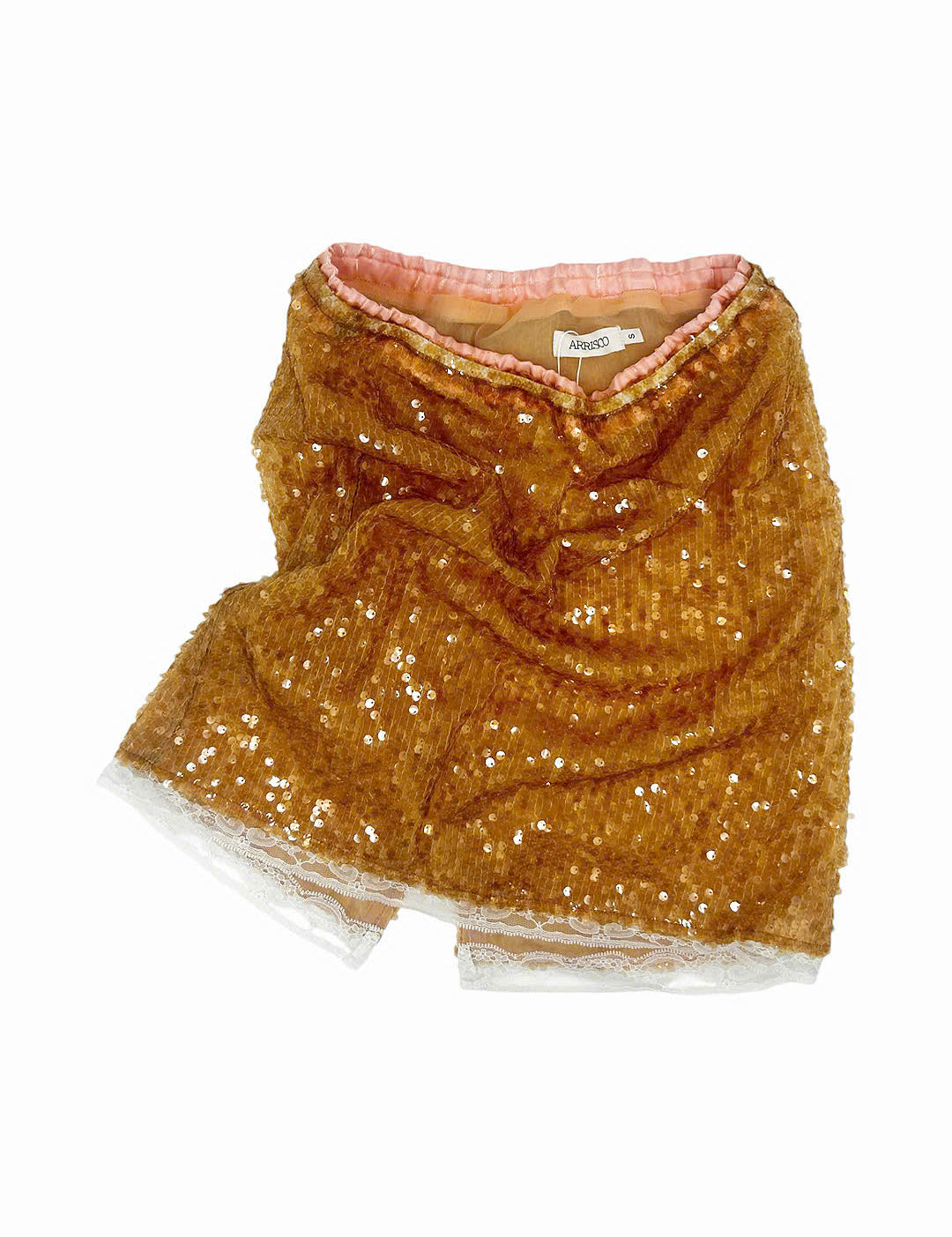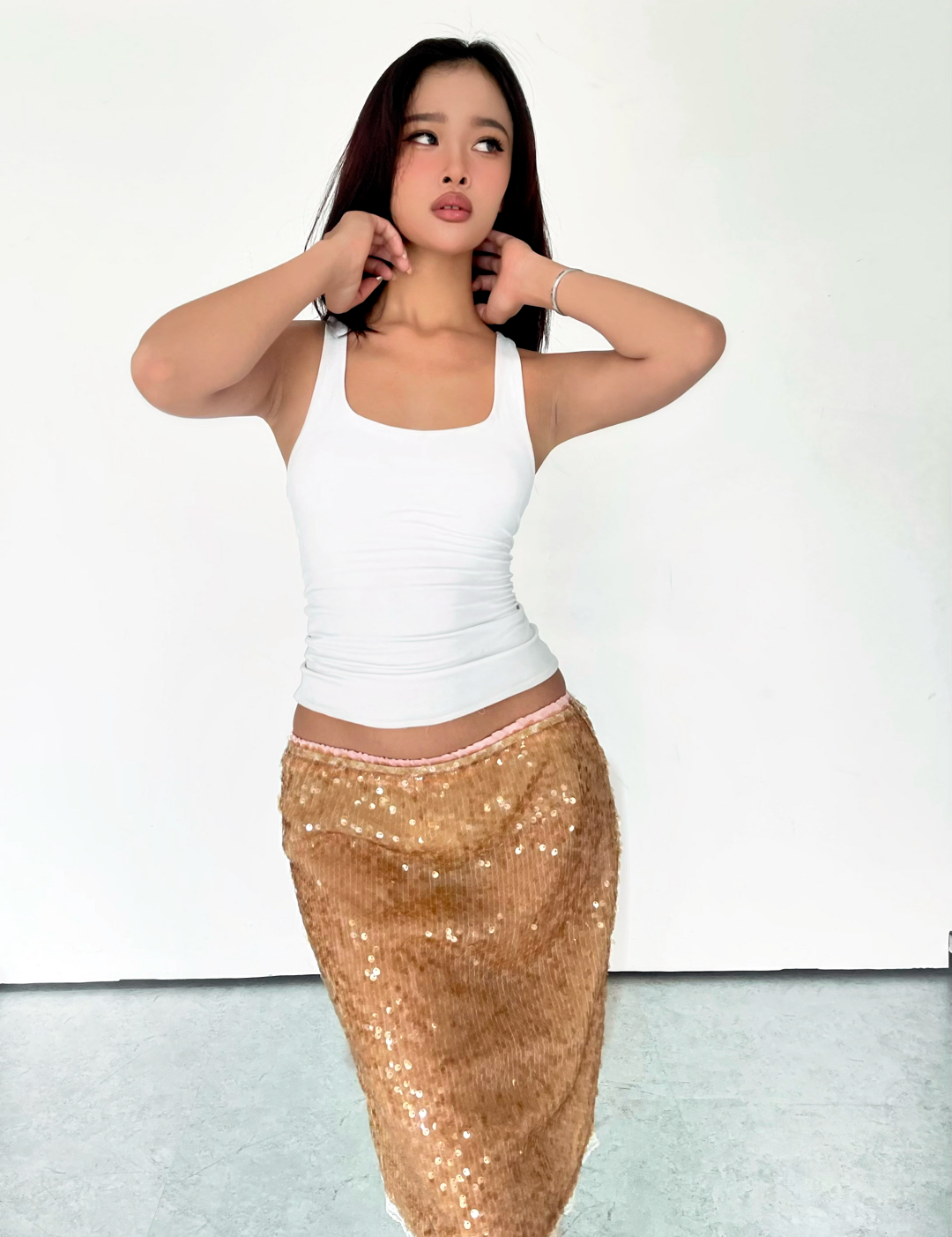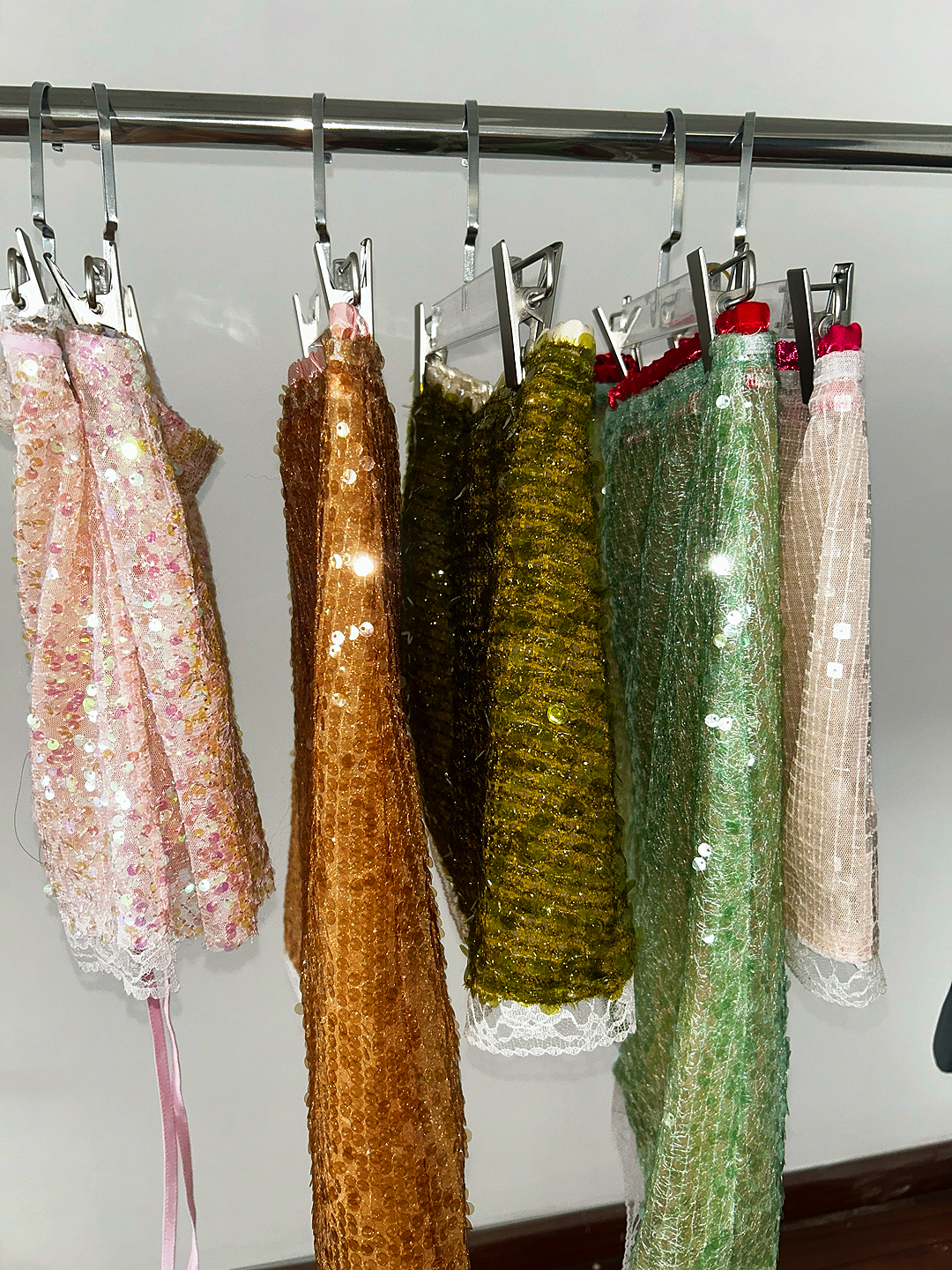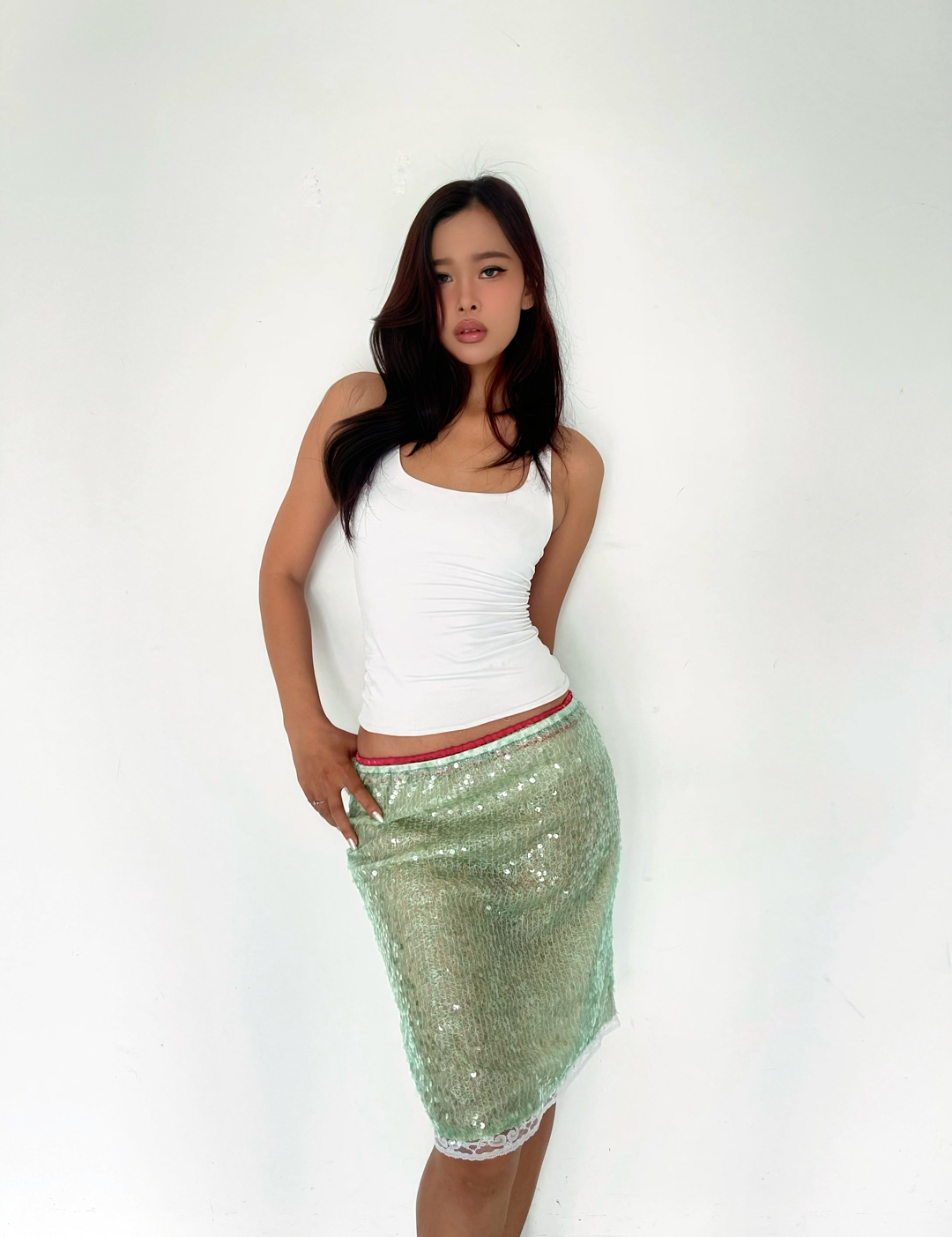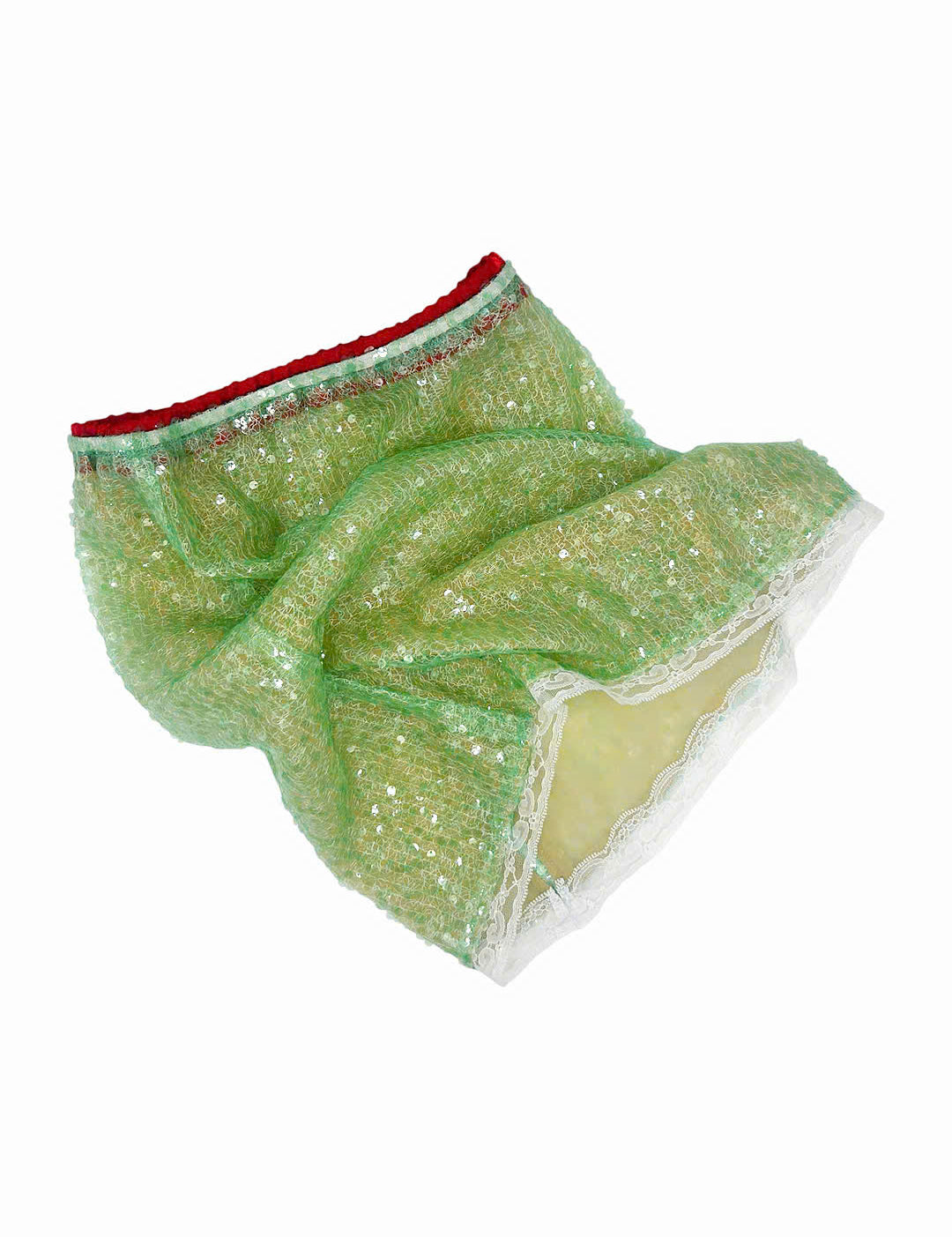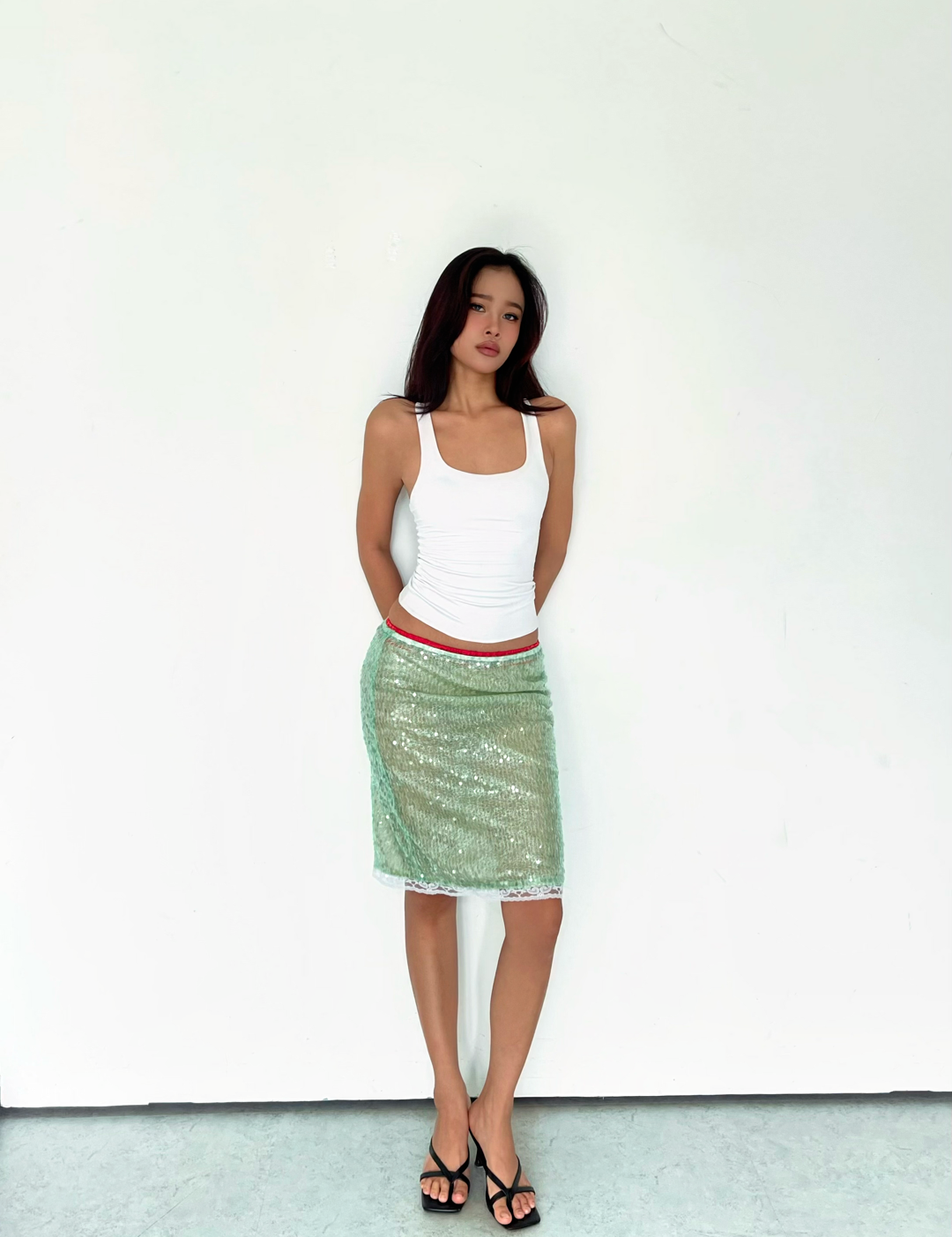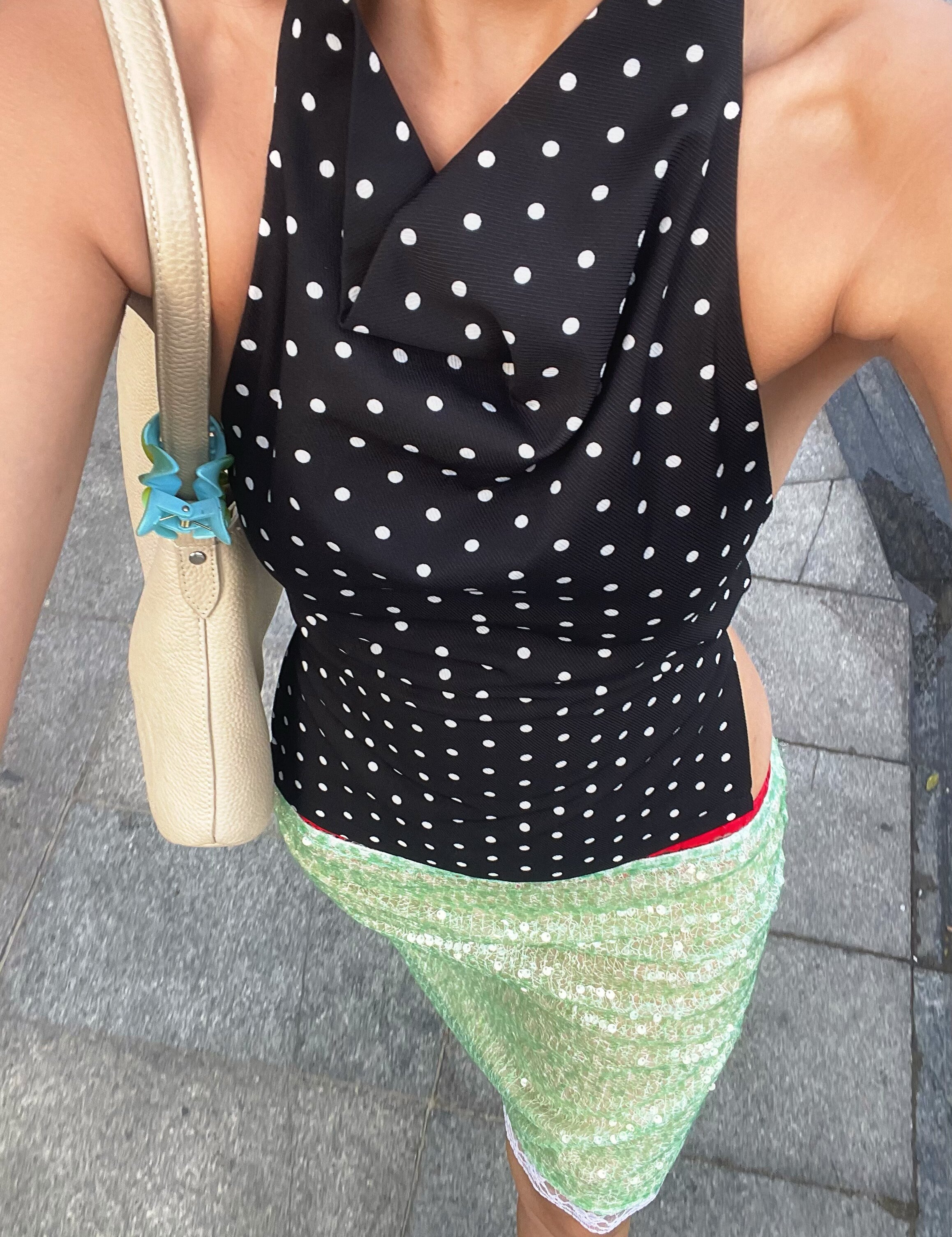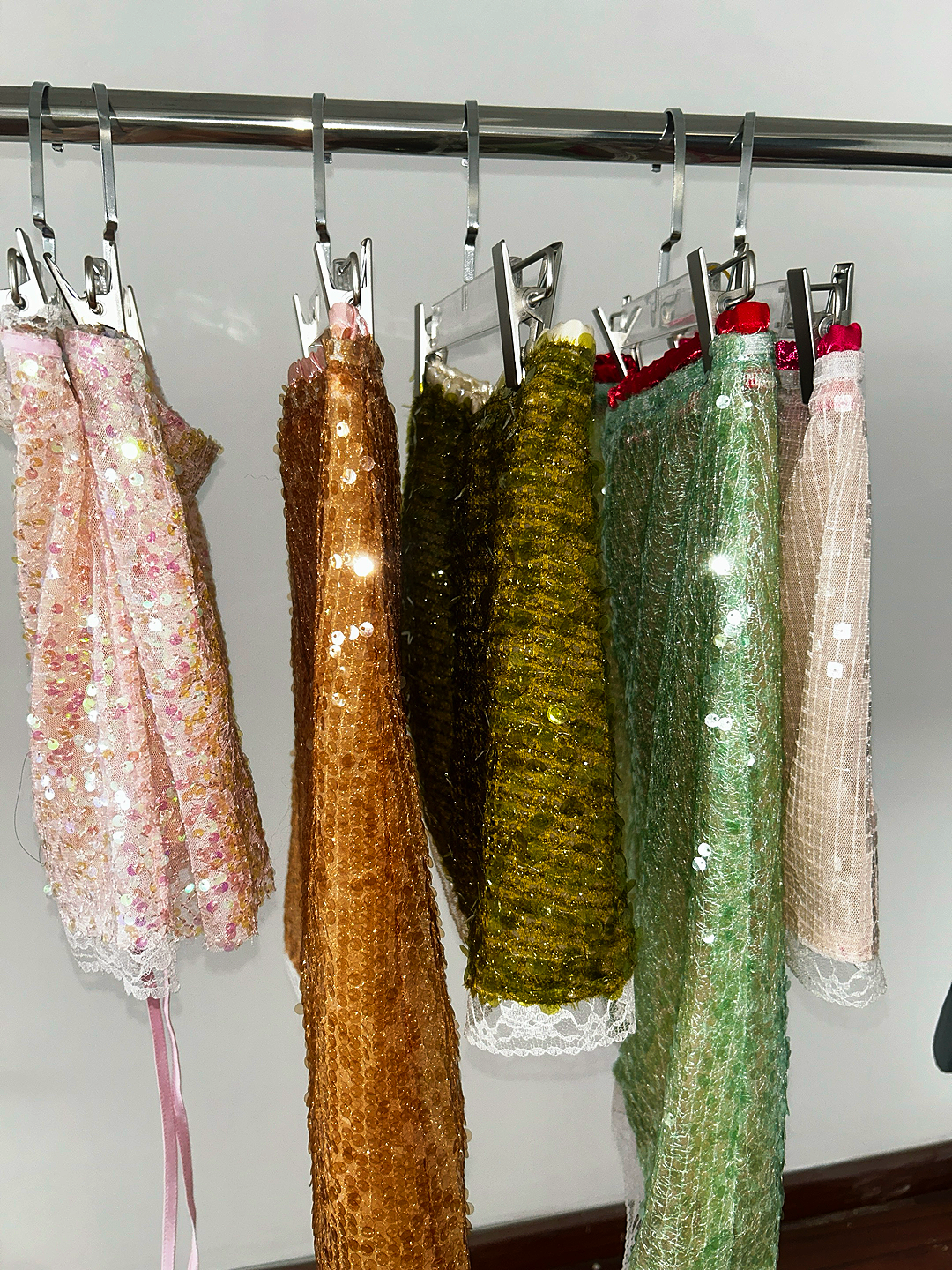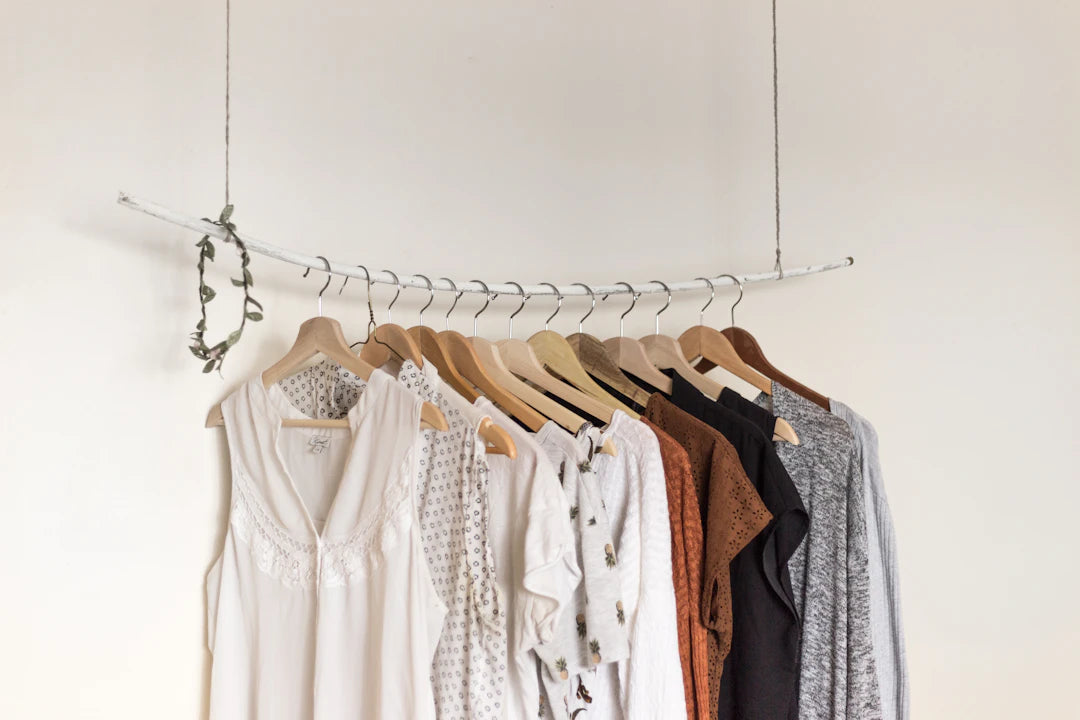Overview
Sustainable fashion prioritizes eco-friendly materials and ethical labor practices to minimize environmental impact. The fashion industry contributes to significant water usage, pesticide pollution, and waste production. Adopting sustainable practices is essential for ethical consumption, climate change mitigation, and creating a lasting legacy. Consumers can navigate sustainable choices by identifying responsible brands, embracing second-hand shopping, and investing in quality pieces. Fashion brands also play a crucial role in promoting sustainability through transparency, innovative materials, and community engagement. Join the movement for a brighter, more sustainable future in fashion.
Frequently Asked Questions
1. What is sustainable fashion?
2. Why does sustainable fashion matter?
3. How can I shift to sustainable fashion?
4. What impact does the fashion industry have on the environment?
5. How can fashion brands contribute to sustainability?
In today's world, the conversation around fashion is more than just about trends, cuts, and colors. We're living in a time where sustainability is not merely an option; it's a necessity. As consciousness about our environment grows, the fashion industry takes center stage in this dialogue. One style element that merges glamour with eco-awareness is sequin clothing. While these shimmering pieces add a touch of sparkle to our wardrobes, the ethos behind sustainable fashion goes much deeper than just appearances. Let's explore why sustainable fashion matters and how it paves the way for a brighter future.
Understanding Sustainable Fashion
Sustainable fashion refers to clothing that is designed, manufactured, and marketed to have a minimal negative impact on the environment and society. It encompasses everything from the material sourcing and production processes to the working conditions of those who make the clothes. Key components include:
- Eco-friendly Materials: Utilizing organic textiles, recycled fabrics, and sustainable fibers.
- Ethical Labor Practices: Ensuring fair wages and safe working conditions for all workers in the fashion industry.
- Minimized Waste: Reducing overproduction and unsold inventory by adopting innovative design practices.
- Circular Fashion: Encouraging recycling, upcycling, and second-hand shopping as alternatives to fast fashion.
The Environmental Impact of the Fashion Industry
To fully appreciate the importance of sustainable fashion, it's essential to understand the impact the fashion industry has on our planet. Fast fashion, characterized by quick production cycles that lead to continuous new styles, contributes significantly to environmental degradation:
Water Usage
The fashion industry is one of the largest consumers of water. For example, it takes around 2,700 liters to produce just one cotton t-shirt! By embracing sustainable practices, we can drastically reduce water consumption.
Pesticide and Chemical Usage
Conventional cotton farming is notorious for its heavy use of pesticides and harmful chemicals, which can seep into the soil and waterways. Sustainable brands prioritize organic cotton and other non-toxic materials that spare our environment.
Waste Production
Every year, millions of tons of textile waste end up in landfills. In contrast, sustainable fashion aims to create timeless pieces that last longer and encourage a culture of care and repair. The incorporation of sequin clothing can fit perfectly within this context, promoting styles that are not just trendy but durable and reusable.
Why Sustainable Fashion Matters
Now that we've understood what sustainable fashion is and its massive impact, let’s dive into why it matters now more than ever.
1. Ethical Consumption
As consumers, we hold the power to vote with our wallets. Choosing sustainable clothing, such as chic sequin clothing, supports brands that prioritize ethical practices and labor rights. This empowers workers and helps create a fairer industry overall.
2. Climate Change Mitigation
Fashion is responsible for substantial carbon emissions. By opting for sustainable practices, we can reduce energy consumption and greenhouse gas emissions. Purchasing sustainable fashion not only allows you to look good but also to feel good about your impact on the planet.
3. Creating a Lasting Legacy
Each choice we make in our wardrobe sends ripples through the industry. Choosing sustainable clothing means setting an example for future generations. By prioritizing quality over quantity and embracing timeless styles (like eye-catching, eco-friendly sequin clothing), we can inspire a culture of mindfulness in fashion.
Navigating Sustainable Fashion Choices
Looking to make the shift to sustainable fashion? Here are some tips to get started:
Identify Sustainable Brands
Do your research to find brands that align with your values. Look for certifications and company transparency regarding materials and labor practices. Many brands are now proudly showcasing their sustainability efforts, making it easier for you to choose wisely.
Embrace Second-Hand Shopping
Thrift shops, online platforms, and vintage stores are treasure troves for sustainable fashion. Shopping second-hand not only promotes a circular economy, but it also offers you unique pieces that can make a statement – think fabulous sequined jackets that have a history!
Invest in Quality Pieces
While fast fashion tempts you with low prices, investing in lasting, high-quality pieces often proves to be more economical in the long run. Choose items that are versatile and can be mixed and matched, like stylish sequin clothing that transitions effortlessly from day to night.
The Role of Fashion Brands in Sustainability
Fashion brands play an essential part in the push toward sustainability. In addition to producing eco-friendly products, they also have the responsibility to educate consumers about responsible fashion practices. Here are some key areas where brands can make a difference:
Transparency
Sustainable brands should be transparent about their sourcing and manufacturing processes. Shoppers are increasingly looking for information on where their clothes come from and how they were made. This level of transparency builds trust with consumers and encourages them to invest in long-lasting styles.
Innovative Materials
Brands can experiment with sustainable materials beyond traditional options. From organic cotton and hemp to innovative fabric technologies using recycled plastics, the possibilities are endless. Incorporating chic elements like sequin clothing with a sustainable twist can elevate a brand’s offering while enticing eco-conscious consumers.
Community Engagement
Fashion brands can also create campaigns promoting sustainability and environmental responsibility. Collaborating with local communities and contributing to environmental projects shows commitment and can foster a loyal customer base.
The Future of Fashion: A Bright, Sustainable Tomorrow
As we move toward a more sustainable future, it’s essential to recognize the role that everyone plays in this journey. Choosing sustainable fashion is not just about personal style; it's about driving a massive shift in an industry that has the power to change the world.
Fashion Education
With the rise of Instagram and other social platforms, consumers have access to a plethora of resources to learn about sustainable fashion. Engaging with these resources enables consumers to make informed choices and become advocates for sustainable practices.
Community Support
By supporting local and sustainable brands, we can help foster a community that values ethical practices. This support builds a foundation for innovation in the fashion industry, paving the way for new sustainable technologies and materials.
Join the Sustainable Fashion Movement
Jumping into sustainable fashion can feel daunting, but remember that every small choice counts! Experiment with sequin clothing that both shines on the outside and supports a brighter future for our planet. This movement is about making mindful choices—whether it’s swapping clothes with friends, investing in high-quality pieces, or exploring second-hand options.
As you curate your wardrobe, consider how you can make choices that reflect your values. Your stylish pieces can make more than just a fashion statement; they can also signify your commitment to a sustainable future. The next time you slip into a dazzling pair of sequined pants or a glimmering top, remember: you're not just wearing fashion–you’re wearing your values.
Explore the world of another Shopify or Wix store owner. Visit their captivating online store. Keep in mind that this is a promotional link, and we are not responsible for the content of the linked store.
